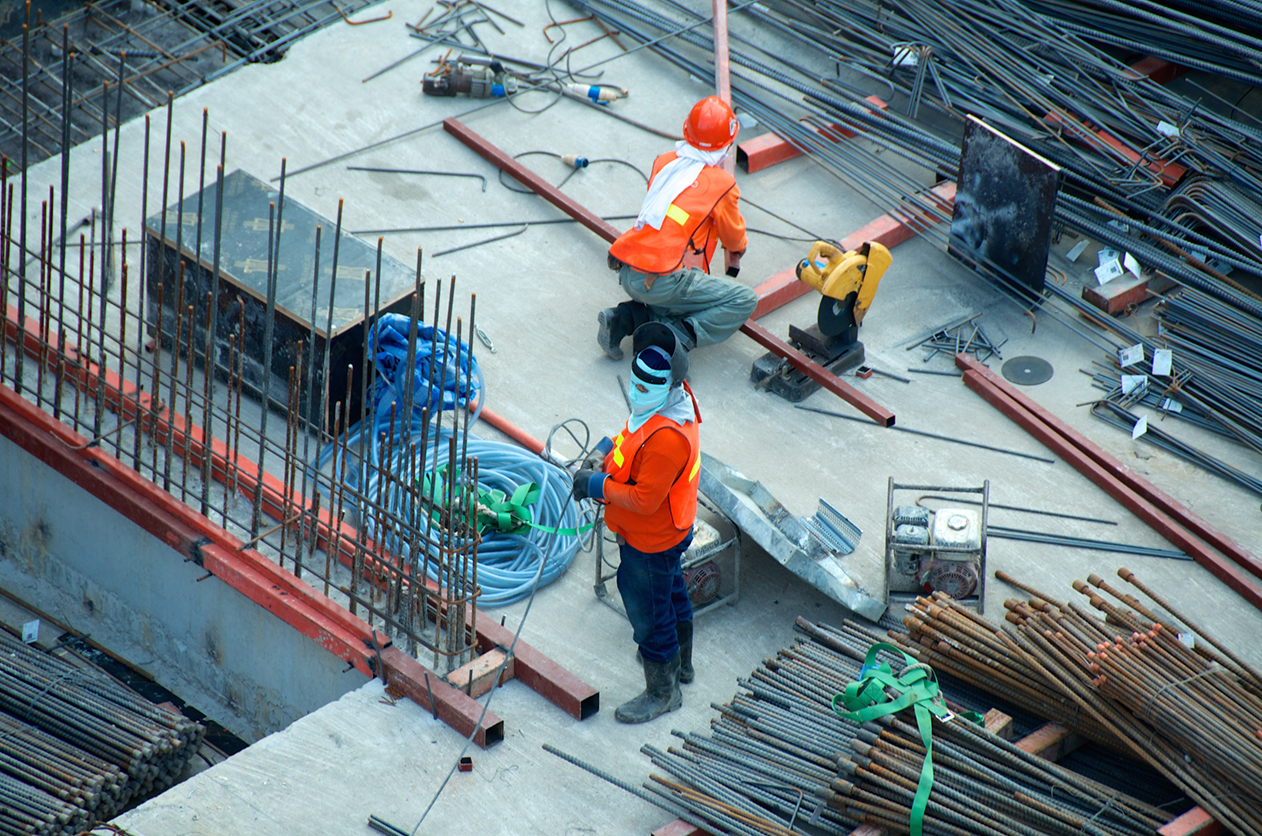When the Surety Comes to Town: A Surety Bond Primer

Few parties are happy when the surety rolls into town as it typically means the construction project has gone awry. The owner faces a project that may not be complete within the contract time or price. The general contractor may face bet-the-company liability and the underlying owners of the contractor certainly face personal liability to the surety for amounts expended. The subcontractors face potential payment delays and financial hardship. And, of course, the surety faces potentially significant financial responsibility to pay claims or complete the project or both.
Even during normal times, which this is decidedly not, surety companies are invested in assisting contractors manage project expectations, deadlines, and the like. That means sureties review their client’s contracts to determine the risk associated with a specific project. The uncertainties concerning the novel coronavirus and COVID-19 pandemic are causing some sureties to pay particular attention to provisions dealing with delays, additional work and time, force majeure, change orders, and claims procedure. Some sureties are also issuing bond riders to help combat delays associated with the pandemic.
Despite the risk-management measures, you may find yourself facing a bond claim or seeking to recover under a bond. Below are some basic principles in dealing with surety bonds and surety bond claims.
1. Know Your Bond
In general, there are three types of construction-related bonds: (1) maintenance bonds, (2) payment bonds, and (2) performance bonds. There are other types of bonds, such as indemnity bonds relating to mechanic’s liens, that relate to construction projects but are beyond the scope of this article.
A maintenance bond typically secures the project owner for construction defects or faulty workmanship during the warranty period; maintenance of facilities and/or installed equipment; and performance of work that may occur after substantial completion (such as irrigation work or landscaping).
A payment bond assures payment to suppliers and subcontractors of the bonding contractor (likely the general contractor of the project) for certain categories of work on the project provided they follow applicable law. Payment bonds are exclusively for the benefit of suppliers and subcontractors and as such, project owners and prime contractors cannot make a claim on them.
A performance bond guarantees the owner (or prime contractor if there is a subcontract performance bond) that the principal will satisfactorily perform its contractual obligations for the project.
2. Know Your Project
Whether the project is private, public, or federal has major ramifications on what remedies you may have or may assert against a surety bond. For private-sector projects, surety bonds may not be required or procured. For those projects, parties rely on statutory remedies, such as the mechanic’s lien statute, or common-law remedies against one another.
For most state public projects, specifically public works projects, for instance, the construction, alteration, or repair of public buildings, Chapter 2253 of the Texas Government Code requires performance bonds and payment bonds. Chapter 2253 also contains strict notice provisions and other requirements, which, if not followed, could prove fatal to a bond claim.
For federal public projects, the Miller Act, found in Title 40 of the United States Code, requires procurement of payment and purchase bonds for contacts greater than $100,000. The Act contains strict notice and filing deadlines that, if disregarded, can debilitate a bond claim. In addition to performance and payment bonds, the Federal Acquisition Regulations allow the government’s contracting officer to require procurement of a bid bond under certain circumstances.
3. Know Your Defenses
If a subcontractor makes a payment bond claim or a project owner makes a claim on a performance bond, the surety has numerous defenses it can assert to deny coverage or otherwise avoid liability (if it comes to that). Some of these defenses include:
- Claimant failed to satisfy statutory notice requirements or other provisions (primarily a payment bond defense);
- The construction contract was materially altered without the surety’s consent;
- Claimant failed to follow the surety bond’s conditions precedent before making a claim, such as providing timely notice of the principal’s default; and
- Claimant improperly terminated the bond’s principal.
Additionally, keep in mind that in seeking relief under a performance bond, the surety cannot be liable for an amount greater than the penal sum of the bond, unless the bond expressly provides otherwise.
In determining whether a bond is applicable to a specific project or claim, it is always advisable to consult with the bonding agent, the surety, and legal counsel. The attorneys in our Austin and Dallas offices are available to answer any questions you may have. You may reach us at info@gstexlaw.com
Legal Disclaimers
This blog is made available by Gerstle Snelson, LLP for educational purposes and to provide general information about the law, only. Neither this document nor the information contained in it is intended to constitute legal advice on any specific matter or of a general nature. Use of the blog does not create an attorney-client relationship with Gerstle Snelson, LLP where one does not already exist with the firm. This blog should not be used as a substitute for competent legal advice from a licensed attorney.
©Gerstle Snelson, LLP 2020. All rights reserved. Any unauthorized reprint or use of this material is prohibited. No part of this blog may be reproduced or transmitted in any form or by any means, electronic or mechanical, including photocopying, recording, or by any information storage or retrieval system without the express written permission of Gerstle Snelson, LLP.

